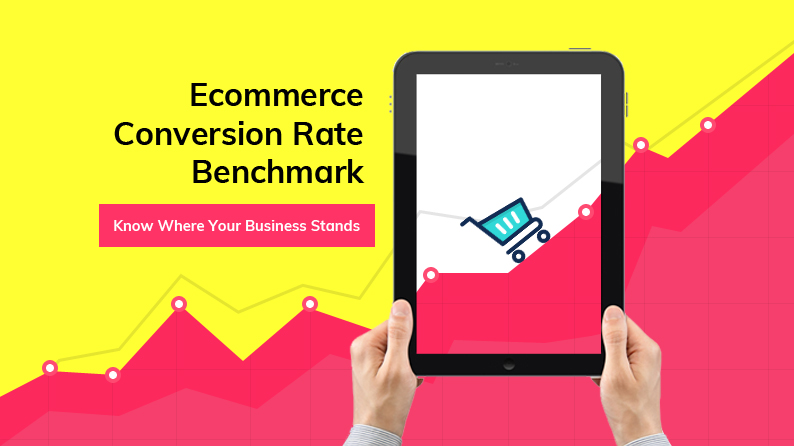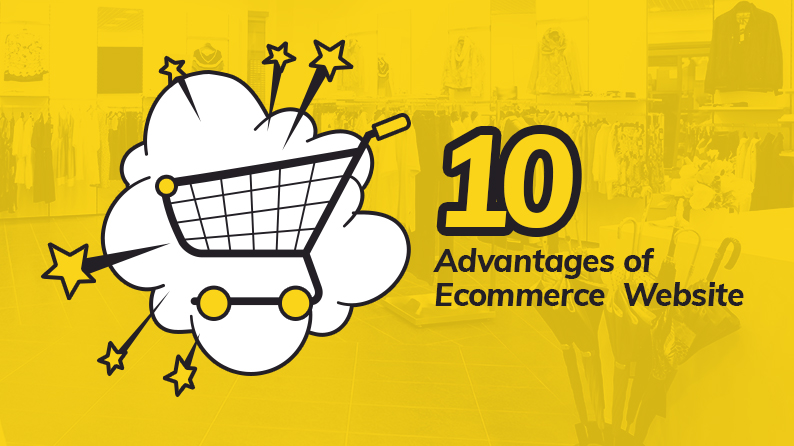E-commerce Conversion Rate Benchmarks: Where Does Your E-commerce Marketplace Stand?
In the past decade, marketers have tried to focus their efforts towards increasing traffic on their e-commerce website. Contrary to this, recent advancements now give us an opportunity to shift this focus on making the most out of existing site traffic with CRO (Conversion Rate Optimization). Conversion rate is your online store’s potential to convert passive shoppers into paying consumers.
To calculate the conversion rate for a given period of time, simply divide the number of purchases made by the total visits on your store in the given time frame. The e-commerce industry is now swimming in copious amounts of data. However, the question whether we are using it to our benefit or are simply drowning in it is yet to be answered.
Knowing your conversion rate can help determine where you stand in the competitive market and also ascertain how well you want your business to perform. This is where setting benchmarks come to your rescue. Marketers can pinpoint underperforming areas and augment over performing elements by contextualizing data.
Many small tips and tricks can tweak your conversion rate but eventually won’t deliver fruitful results in the long run. To start, let’s first discover what a good conversion rate is and then move on to whether you are there yet or not. If not, read along to invest in a few tips to get an effective conversion rate.
The Million Dollar Question: What is A Good Conversion Rate?
We all realize that an online business thrives on conversions but then again, how much?
Here’s the kicker:
An ideal conversion rate can be more of a myth as a conversion rate deemed “good” for one industry may not work for another. Hence, the conversion rate varies depending on a specific sector in the industry. A store selling high-end cosmetics will have a different conversion rate than one selling electronics.
Although conversion rates can reach as high as 40% in certain industry sectors, e-commerce has a low average conversion rate. If we look realistically, companies attracting quality leads convert anywhere between 2.35% to 5.31% or higher. The average conversion rate for an e-commerce website is around 1.33%, meaning your business is safe if you are able to convert 1.33% of your entire traffic leads into conversions.
How to Benchmark Conversion Rate for Your E-commerce Website?
Now that we have deciphered what a good conversion rate looks like, it’s time to compare it to some set standards. But how do we know what an appropriate benchmark looks like?
To answer that, set goal-oriented and realistic benchmarks to nurture your lead generation perspectives. Aim for anywhere around 2% for visitor-to-contact conversions, but benchmark it anywhere around 1.6%. Some automation platforms may give you bloated expectations (like 4%-5%), but if you are looking for realistic goals just focus on your marketing pipeline.
If you are already converting more than 2% or anywhere around the same, you are already quite ahead in the game. You are doing a commendable job and continue doing the same. If not, then read along and concentrate on these few pointers to get the best conversions out of your marketing efforts.
Tips on How to Improve Your Conversion Rate
These are a few tips that can help you turn your existing traffic into a paying audience.
- Create a unique value proposition and an appropriate sales funnel.
- Always provide something of value to your customer. Give them a reason to spend time and effort on your website. Discount coupons, up selling, cross selling, early bird offers, sweepstakes etc. are some of the methods you can use to convince your users to make a purchase or fill a form.
- Pay attention to your Use meaningful CTAs, clear & catchy headlines, useful product descriptions and recommendations. Test various content lengths between short and long copy to see what works best for you.
- Maintain integrity and be honest in your dealings. Your existing clients can help your business reach amazing heights as they will advertise the good services you provide them. Never deliver false information, especially regarding the efficacy of a product/service and the delivery timeline. Ask for feedbacks and display testimonials to increase the credibility of your website.
- Focus on the user journey and any effort you can make towards improving the same. Try different theories (A/B testing) to understand how you are offering your service/product and see if you can increase the effectiveness of the process. Latest trends focus on providing an easy, hassle free, unique and personalized experience to your customers.
- Keep testing! Constant research and testing can boost your customer engagement efforts in the right direction using an actual practical methodology. Working towards a growing conversion rate is a constant process and needs to be iterated every now and then. Keep on finding the right balance that works for you as trends change.
Read More: Top Chatbots to integrate with your E-commerce Store for Improved Conversions.
All in All
Conversion rate is indeed a primary KPI (key performance indicator) that can help you evaluate the success of your online business. However, the catch and the trick lies in understanding that no two businesses are the same and setting benchmarks is a process unique to every organization.
Make sure that you allot your conversion goals with proper values. This will help you understand the real value of every action that your customers make and how this very engagement specifically interacts with your brand. A doable value can be achieved in real time and can boost your estore’s revenue.
There are many factors one must consider before beginning to generalize benchmarks. These include the location, AOV, size, model and the platform of your business. Use these metrics to generate data benchmarks that will eventually lead you in the right direction.



